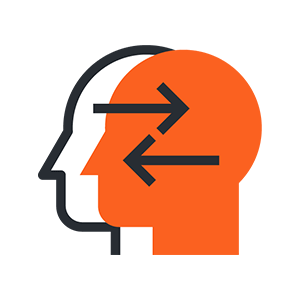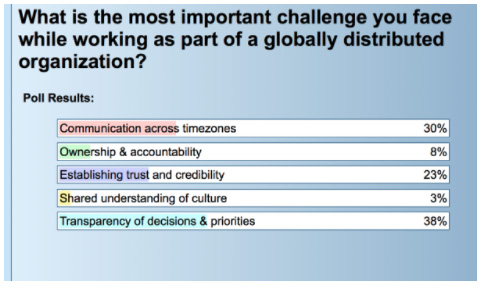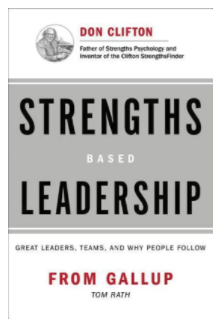“The product leader must have a crystal-clear vision on what and how to achieve things”
Dale Clark, Global Product Development Executive

The Institute of Product Leadership (IPL) hosted a webinar on “Evolving offshore projects to Global Matrix Teams”. The speaker for the webinar, Dale Clark, is a veteran Global Product Development Executive.
Dale’s first brush with product leadership happened while he was with the US Navy’s nuclear programme. He developed further insights at CA Technologies where he was the VP of the Product Management division. His training and involvement in dealing with a number of projects have helped him build several high-performing teams all over the globe.
Speaking from his experience, Dale helped the audience understand the various factors required for project teams to mature and transform into global matrix teams. He elaborated on the typical challenges faced by a geographically-dispersed team.

Communication

Ownership

Trust

Regional Nuances
Regional and cultural influences have an impact on the interactions between the team members and other members of global teams. Cultural differences could hinder the team’s performance by holding members back from expressing their opinions.
An opinion poll was hosted for the audience to express the most important challenge they faced while working as a part of a globally distributed organization.

On seeing the poll results, Dale Clark confirmed that it was consistent with what he had seen in his work experience.
Globally-dispersed teams can be organized in many ways. In a matrix team, it establishes deeper communication, collaboration, coordination with leaders of regional and functional groups. Following a functional approach with project matrix teams regardless of the location, the entire project management, engineering, documentation, QA and other functions need their own reporting structures. The product leaders have to work with each of these functional organizations to negotiate for the team.
- Ownership
- Coordination and synchronization
- Mismatched priorities and agendas.
He provided the dos and don’ts on how to organize the team to perform as a global matrix team.
Dos:
- Align time zones, when possible
- Plan (within a stipulated budget) for in-person activities
- Regularly set roles and responsibilities on the onset and refresh
- Invite the entire team to own and make things work.
Don’ts:
- Isolate remote teams from broader goals and vision
- Reserve in-person interaction to managers
- Assume the team knows how and who to contact for more info
- Filter feedback based on the team that is local to you.
Dale stressed that interactions among remote team members on onsite activities must be carried out on a right note. Spend time and get to know all the people involved. Also, plan a budget to allow team exchange in both directions as it helps remote teams to get close. Although costly, it could have long-term benefits for the organization.
Talking about decision making, Dale mentioned that it can vary depending on the organization, its size and its product development. He elaborated on the process of decision taking, making and influencing in a global matrix team with certain factors depending both on the decision center imperatives and the remote team approaches to influence.
The decision center mandates depend on:
- Vision and goals
- Alignment
- Budgets
- Commitments
- Skills
- Risks
- Team priorities and reputation
- Open and transparent interactions
- Establishing a history of credibility
- Crafting the proposal in coordination with the decision center’s guiding imperatives
- Commitment towards decision taking
- Not adding work to others.
The success or failure of any global matrix team banks on the capability to evade communication challenges that arise due to operations taking place across different countries and time zones. He advocates that project leaders must extend open communications throughout all the teams so as to ensure all the necessary information is acquired to power the project to attain success.
In the process of establishing communications for global matrix teams, the project leader should present to the entire team the constraints they are facing and ask for its assistance to find the best solution for everyone. Setting a cadence of real-time conversations and meetings, supporting collaboration tools and avoiding use of emails where ever possible, and initiating more personal interactions within the team, helps improve performance.
Ending the webinar on a high note, Dale said great work could happen anywhere. The product leader must have a crystal clear vision on what and how to achieve things. He must reduce the road blocks and friction that are encountered on the way. Understanding his team and making use of the talent and capability of each individual team member can drive the project to the path of success.

Watch the Webinar